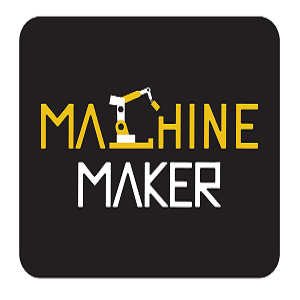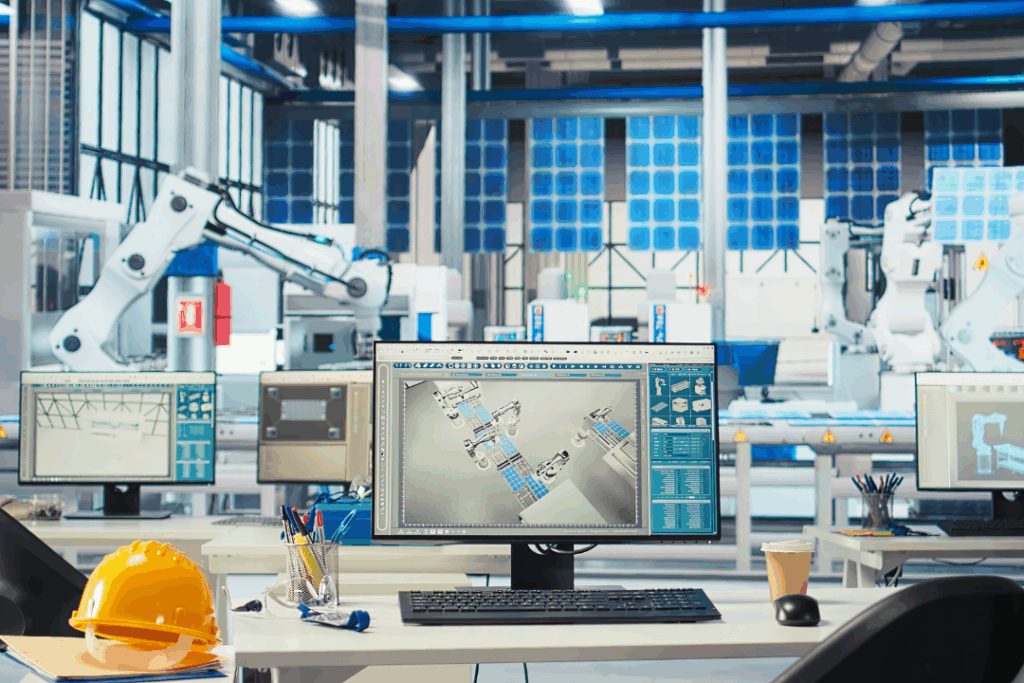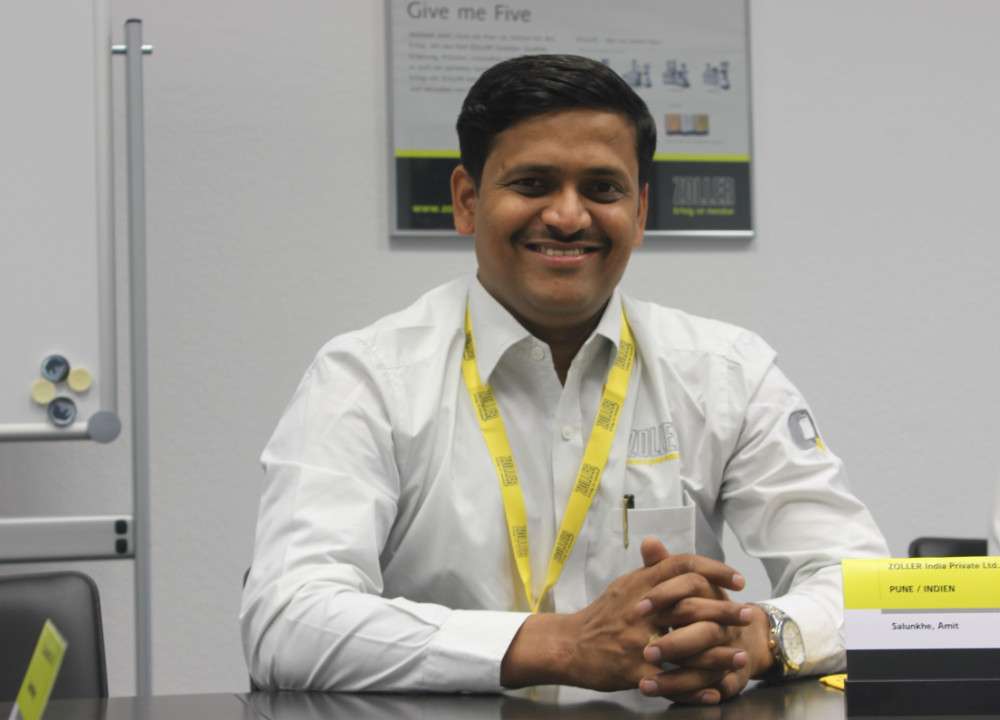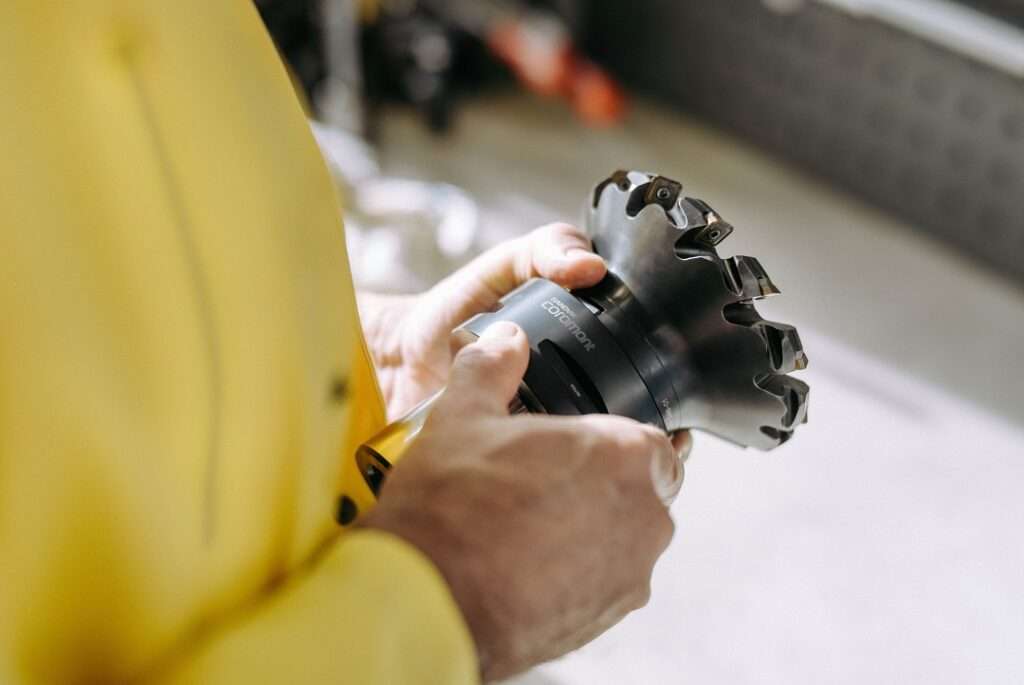Siemens and HARTING, in collaboration with Microsoft, are unveiling groundbreaking advancements in digital engineering and sales at SPS and electronica. Their combined efforts demonstrate how generative AI can transform design and manufacturing processes.
The Generative Engineering demo showcases how future connectors can be designed from scratch using advanced algorithms from Microsoft Azure OpenAI Service, HARTING’s latest innovations, and continuous integration with Siemens Xcelerator. This approach drastically reduces engineering time, simplifies the design process, and minimizes errors. The tools work in harmony to intelligently optimize solutions, allowing engineers to focus more on creativity and solving complex challenges.
The system features an interactive engineering design assistant powered by Microsoft Azure OpenAI and HARTING’s connectivity AI. Engineers can interact with the system, asking questions to understand the design intent and make real-time adjustments to the initial 2D connector layout, which is continuously enhanced by Azure OpenAI. Afterward, HARTING verifies the requirements using their expertise, and Siemens NX generates a comprehensive 3D CAD model for the specific application. Further simulations in Siemens Simcenter, accounting for materials, ambient temperature, and other factors, are automatically conducted in a collaborative Metaverse environment to ensure the design’s functionality, with results delivered in 30-60 seconds.
This flexible, modular system allows functions to be triggered independently, offering a more personalized and efficient approach to engineering. The AI-guided HAN Configurator, launching soon on HARTING’s website, transforms the connector configuration process. By leveraging HARTING’s expertise and Microsoft Azure OpenAI, customers can engage in natural language conversations with HARTING’s connector catalog, quickly finding products that meet their requirements. This AI-powered solution intelligently navigates complex requests, offering the best connector options for specific needs, streamlining the configuration process and reducing decision time.
The AI-assisted cable-to-PCB configurator allows users to design custom connectors for data, signal, and power applications using simple voice commands. By configuring modular components for cable-to-cable connectors and customizing designs for PCB connections, this tool eliminates the need for manual calculations of clearance, creepage distances, and contact arrangements, significantly speeding up the development process. This represents a major advancement based on HARTING’s PushPull connectors.
These groundbreaking innovations will be on display at SPS in Hall 11 at the Siemens stand and at electronica at the HARTING stand in Hall A, Stand 103. The teams look forward to engaging with visitors and demonstrating how generative AI is revolutionizing digital design and sales.







